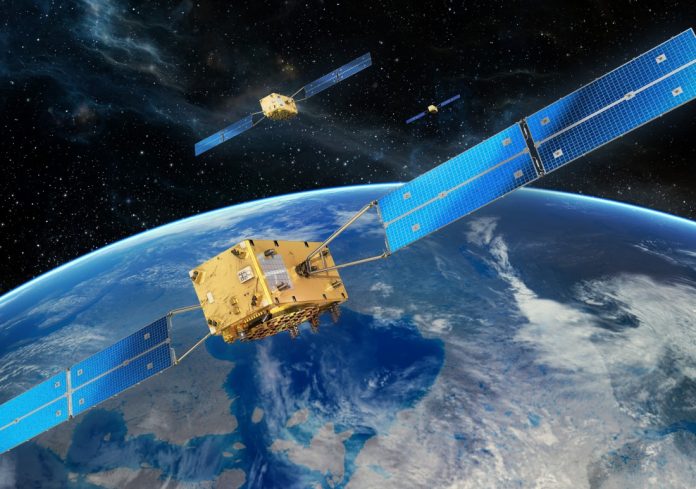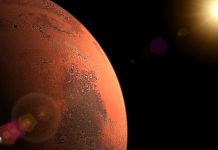Maroš Šefčovič, European Commission VP in charge of the Energy Union, outlines the EU Space Strategy and how the sector makes lives better, safer and healthier
Many people immediately associate the field of space with exploration of the unknown, a field which our colleagues at the European Space Agency (ESA) are working on, making us proud and excited with every new discovery.
But space also enables a wide range of technologies which are necessary for many fields of our lives here on Earth. These include fighting climate change; smartening our transport; ensuring the safety of critical infrastructure for energy, telecommunications or transport; enabling modern farming; providing disaster response; supporting border and maritime surveillance; and monitoring of the ground, sea levels or the atmosphere.
Europe’s space industry is doing well, and it has many reasons to be proud; it already captures a third of the global market, employing some 230,000 professionals and with an annual value of approximately €50 billion.
Yet, our ambition does not end here, given the tremendous potential of Europe’s space industry in creating more jobs, enabling more disruptive technologies and allowing more satellite-based services. To be perfectly honest, Europe’s space industry is also facing new risks and growing competition from new players.
That is why before the end of last year, the Commission presented the first Space Strategy for Europe with a clear shared vision for the years to come. It is the fruit of long discussions with numerous stakeholders and with our partner organisations, like ESA, and with Member States’ national space agencies.
A strategy for European space
The EU Space Strategy is our way to continue Europe’s historic quest ‘far and beyond’; far above the skies and beyond Europe’s current space capacities. It will ensure Europe’s space industry can serve us humans, boost our economy, and protect our environment.
Take geo-localisation for example. Without us realising it, geo-localisation technologies make some of the most mundane (yet critical) activities possible; from drawing out cash out of an ATM, zapping between (satellite) TV channels, or using GPS navigation when driving. It is also a necessary component of more advanced technologies that are omnipresent in our lives (like interactive maps, shared car services, or location-based technologies).
Thanks to our joint EU efforts, the new generation of geo-localisation just started, as we just launched the initial services of Galileo, the EU Global Satellite Navigation System (GNSS) that provides radio signals for position, navigation and timing purposes.
Galileo, which just became operational in December, is very much like the American GPS but offers a more precise free public service. Once completed in 2020, it will be 10 times more precise than the best geo-localisation signals currently available.
It will shift us from 10 metres to 1-metre precision level! Galileo will also provide services to public authorities and commercial companies that will be even more precise.
Just to mention one recent example – Galileo, Europe’s own satellite navigation system (GNSS), will be able to locate the caller of emergency number 112 with much greater accuracy. We have looked into how Galileo can improve caller location using the Advanced Mobile Solutions, through an EU-financed project HELP 112. It was tested in the UK, Lithuania, Italy and parts of Austria.
We also have Copernicus which is a leading provider of Earth observation data across the globe. Copernicus is already helping to save lives at sea, improve our response to natural disasters such as earthquakes, forest fires or floods, and is allowing farmers to better manage their crops – by collecting data from earth observation satellites, as well as ground and sea-bound stations.
2016 was a very exciting year for Europe’s space industry, but we’re not quite done. We have to continue implementing the strategy.
For example, in order to bring Galileo to its full capacity, more satellite launches will be needed. We will therefore see 4 additional satellites launched on a single Ariane5 missile within a few months. In the coming year we will also see three launches of Copernicus satellites – the world’s largest single earth observation programme.
A commitment to advancement
The European Commission is committed to ensuring the market uptake of both Copernicus and Galileo, through various means. We will launch two networks to help raise awareness about the programmes at regional and local levels. We will co-organise two Space Weeks this year with the 2017 EU Presidencies (in June in Malta and in November in Estonia). We also continue organising competitions for innovative start-ups that use data from Copernicus and Galileo in new, innovative ways. It will furthermore build on this support by launching the Copernicus accelerator and incubation programme, to help start-ups develop ideas into real applications and products.
All in all, the Commission has dedicated some €1.4 billion from the Horizon 2020 budget (of 2014-2020), yet we see a very high return on this investment. The benefit for the economy from €1 invested in space is €7 back.
As you can see, space is not only the domain of the unknown and it’s not only thousands of kilometres away from our planet. It is about how we make human lives here better, safer, healthier, more convenient, efficient and secure.
For all those reasons, the Commission will continue supporting Europe’s space technologies and industries, for the benefit of all our citizens.
Maroš Šefčovič
Vice President in charge of the Energy Union
European Commission











